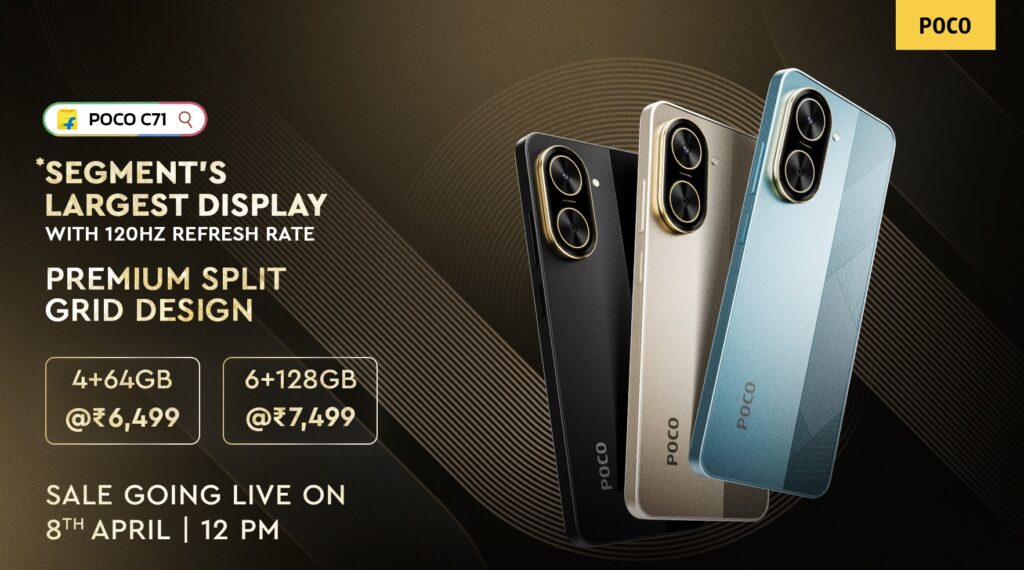Apple is reportedly gearing up to unveil its first-generation smart glasses by late 2026, signaling a bold move into the consumer-focused augmented reality (AR) space. The new wearable device is expected to feature native Siri integration and advanced AR functionality, promising to reshape how users engage with digital content in their daily lives.
Paving the Way for the Next Phase in Wearable Tech
According to sources close to Apple’s development pipeline, the company is making steady progress on its lightweight smart glasses project. Positioned as a streamlined counterpart to the high-end Vision Pro headset, the upcoming glasses are designed to cater to everyday use, emphasizing portability, voice control, and real-time information access.
In contrast to the Vision Pro—which targets enterprise and mixed reality applications—Apple’s smart glasses will prioritize consumer convenience and mobile accessibility. With Siri embedded directly into the device, users will be able to issue commands, receive updates, send messages, and manage smart devices—all without lifting a finger.
Cutting-Edge Design and Deep Ecosystem Integration
Though Apple has yet to confirm technical details, industry insiders suggest the glasses will incorporate lightweight materials such as carbon fiber or aluminum, along with transparent AR displays that overlay contextual information within the user’s line of sight. These features will enable hands-free access to navigation, notifications, and even instant translations—key elements in Apple’s growing push toward “ambient computing.”
The glasses are also expected to sync effortlessly with other Apple products using iCloud and Apple ID. Deeper integration with services like HealthKit, Maps, and Messages could enhance their appeal by delivering a seamless multi-device experience across the Apple ecosystem.
Rising Market Potential and Competitive Pressure
The global market for smart glasses is forecasted to hit $12 billion by 2030, fueled by growing interest in immersive and hands-free digital interfaces. Apple’s entry into this expanding segment is likely to have a significant impact, especially given the company’s track record for combining sleek hardware design with intuitive software.
While tech giants such as Meta, Google, and Samsung have already staked their claims in AR wearables, Apple’s approach—centered on privacy, reliability, and user-centric innovation—could offer a competitive advantage. Analysts believe Apple’s emphasis on synergy between hardware and software may set a new standard in the smart glasses category.
Looking Ahead
With a targeted release window set for the end of 2026, Apple’s smart glasses are shaping up to be a major step in the evolution of wearable technology. Featuring seamless voice control, real-time data visualization, and integration with Apple’s trusted ecosystem, the device could fundamentally alter the way users navigate the digital and physical worlds.
As Apple continues to invest in AR and AI-driven experiences, consumers and developers alike are watching closely. The launch of smart glasses could not only redefine the wearables market but also further cement Apple’s role as a pioneer in next-generation consumer technology.



